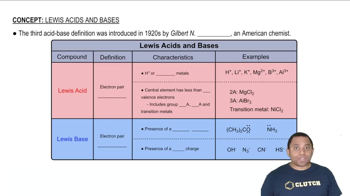Sulfuric acid dissolves aluminum metal according to the reaction:
2 Al(s) + 3 H2SO4(aq) → Al2(SO4)3(aq) + 3 H2( g)
Suppose you want to dissolve an aluminum block with a mass of 15.2 g. What minimum mass of H2SO4 (in g) do you need? What mass of H2 gas (in g) does the complete reaction of the aluminum block produce?




